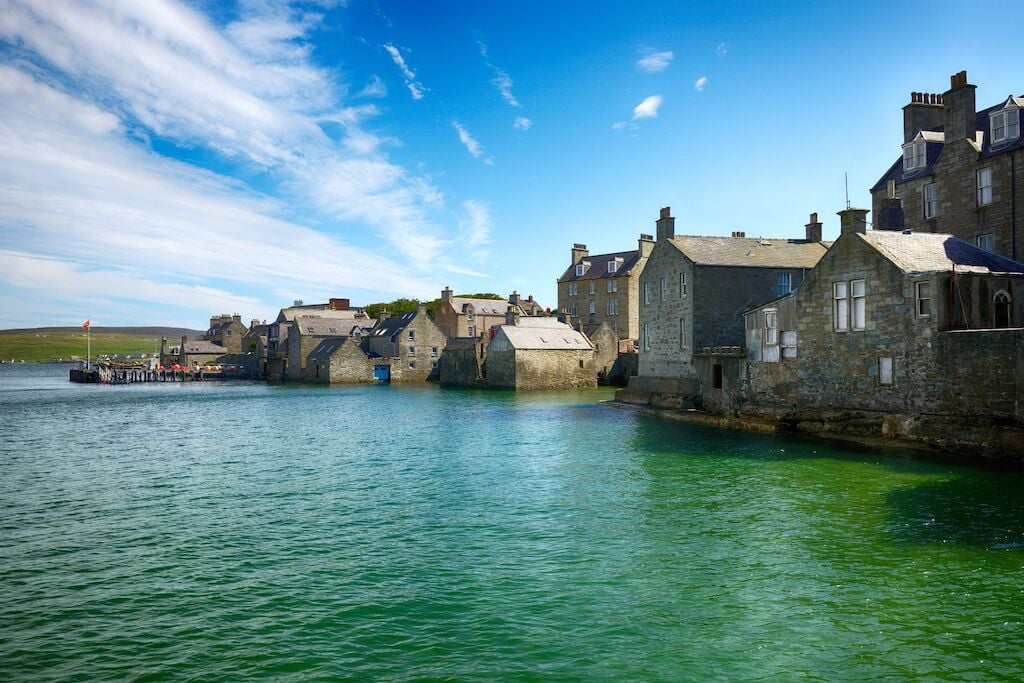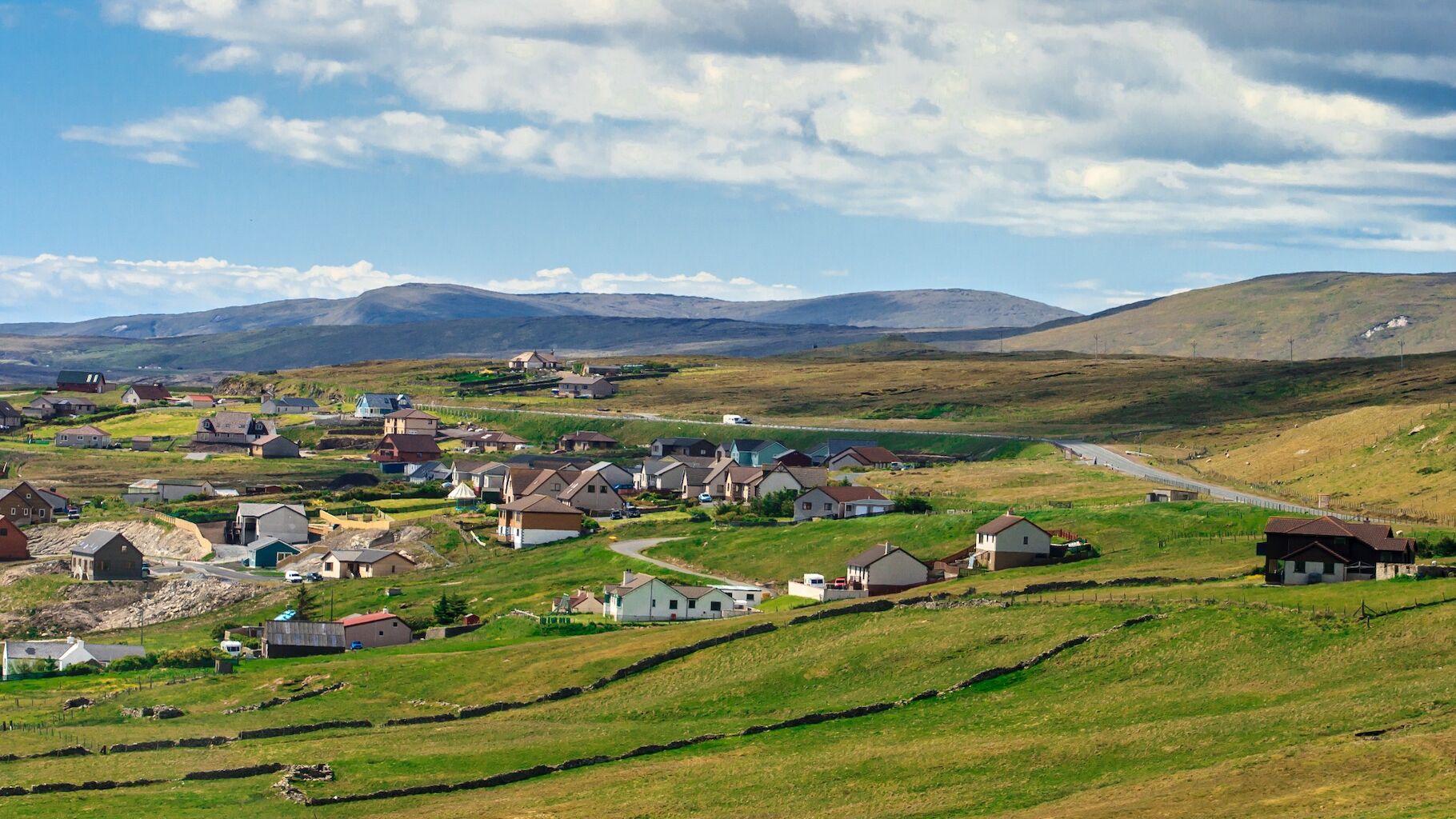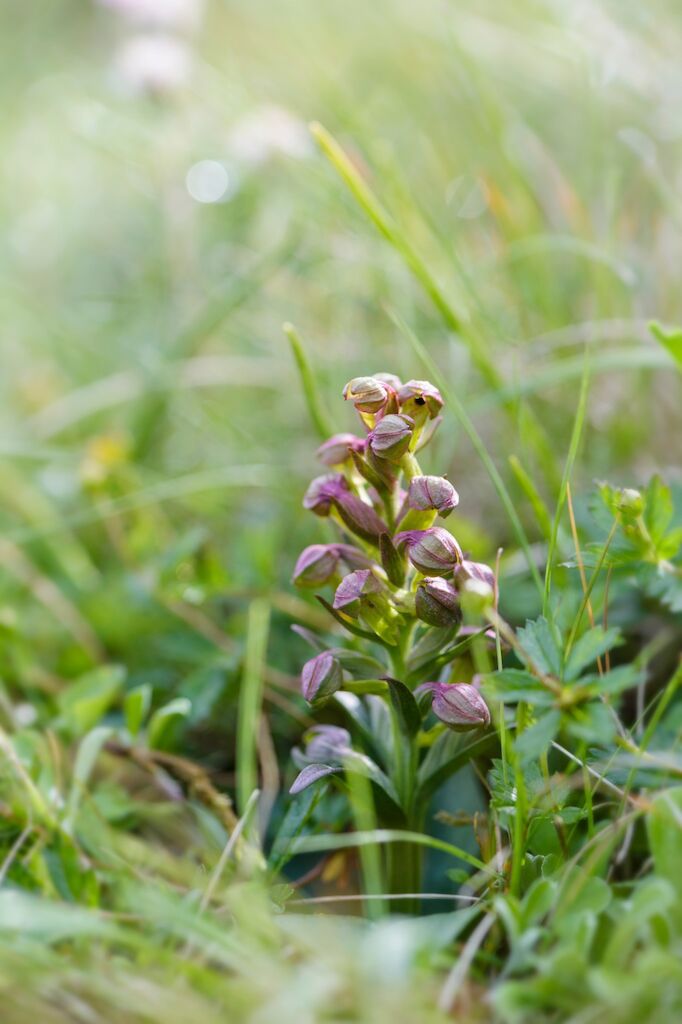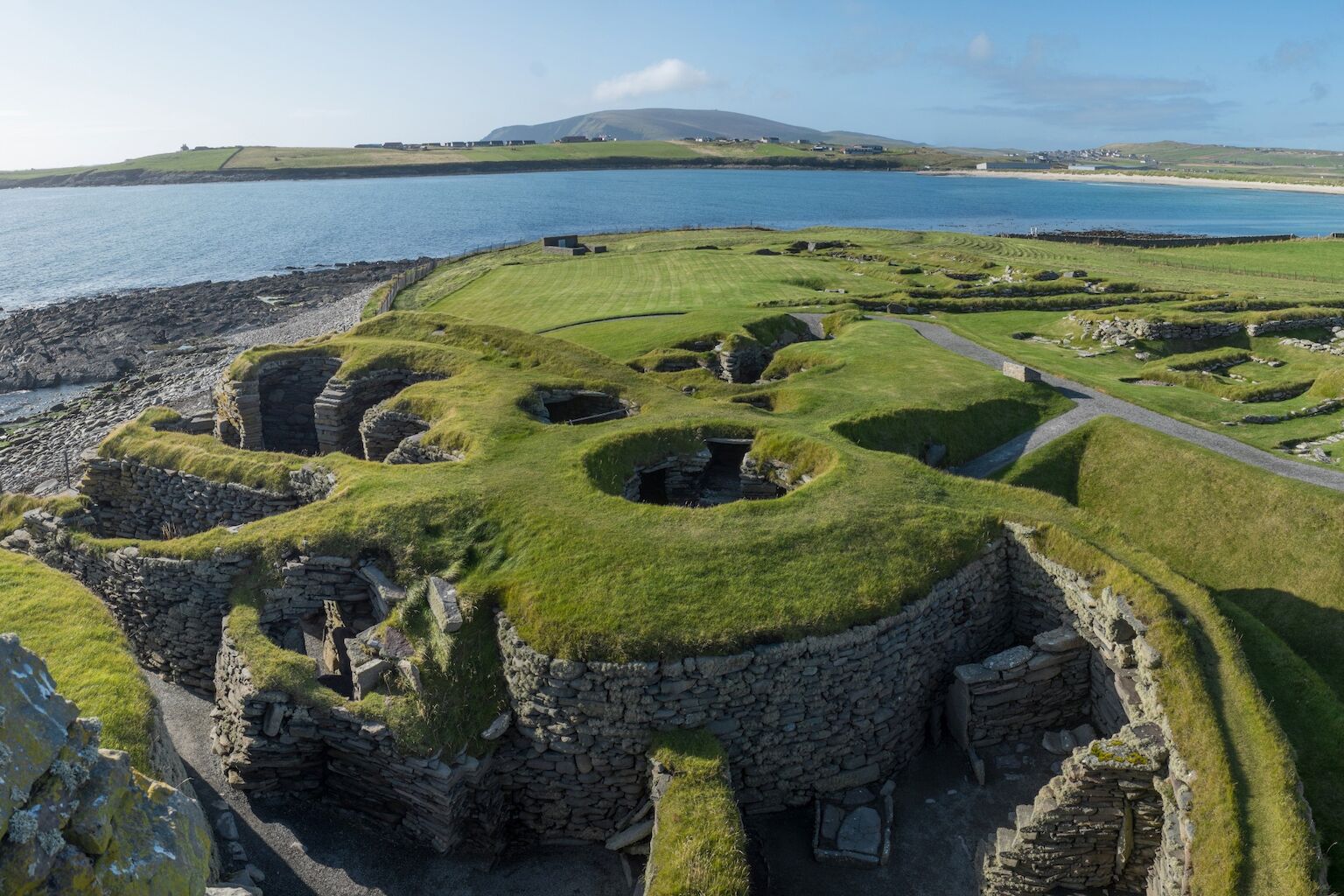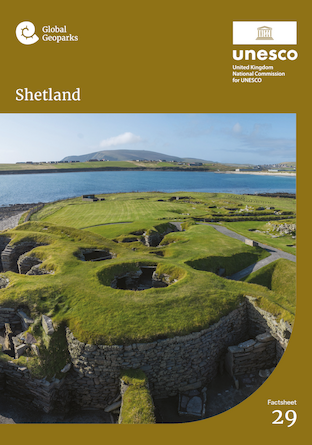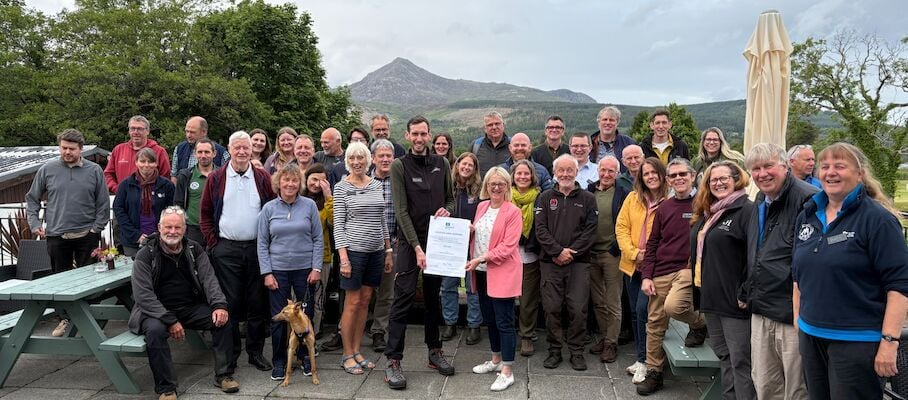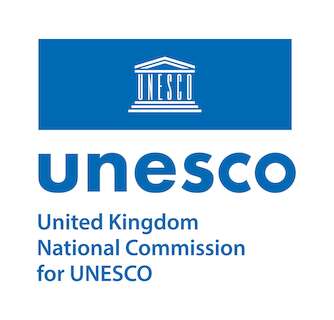Shetland
Located at the northern tip of Scotland, Geopark Shetland tells a geological story that spans almost three billion years. The islands feature ancient volcanic rocks, rugged cliffs, sweeping beaches, and landscapes shaped by glaciers and tectonic forces. In turn, Shetland’s unique geology supports rare plants, diverse wildlife, and a rich variety of archaeological sites, linking Earth’s deep past with Shetland’s cultural heritage.
What makes this UNESCO Designation special?
Geopark Shetland is a cluster of islands where nearly three billion years of Earth’s history can be explored across diverse landscapes of ancient rocks, dramatic cliffs, and sweeping coastlines. This geological heritage includes remnants of a former ocean floor, ancient volcanic formations, and landscapes sculpted by glaciers, making Shetland a unique record of tectonic and glacial processes.
The islands’ rich habitats, from heathlands and moorlands to coastal cliffs and peat bogs, support diverse wildlife, including seabirds, otters, and seals, as well as rare and endemic plant species.
The Geopark also holds cultural significance, with archaeological sites dating back thousands of years, reflecting the resilience of communities shaped by the islands’ unique environment. Prehistoric settlements, Viking ruins, and historic fishing and crofting landscapes highlight the deep connection between Shetlanders and the land.
Today, Geopark Shetland offers visitors a chance to explore trails, visitor centres, and tours that reveal Shetland’s unique natural and cultural heritage. Its combination of striking landscapes, diverse habitats, and rich history makes it a truly special place, fostering an appreciation for both natural wonders and the islanders who have adapted to this remote, beautiful environment for centuries.

